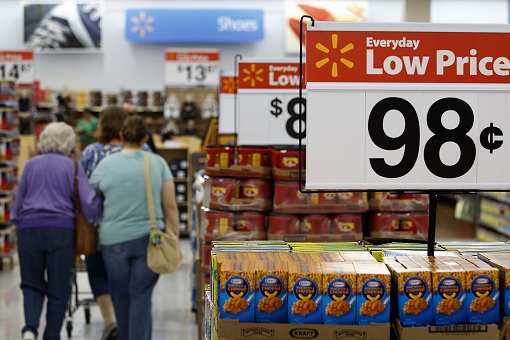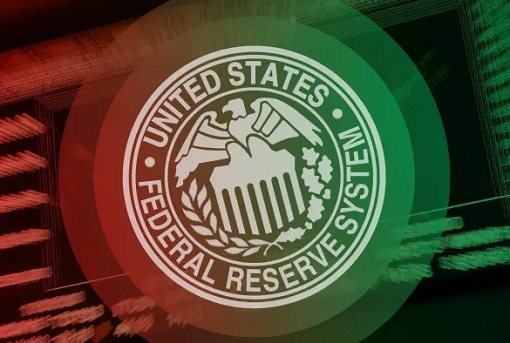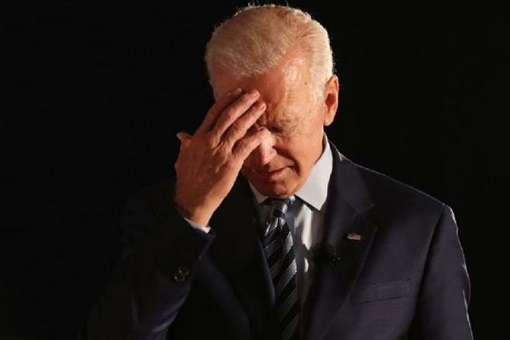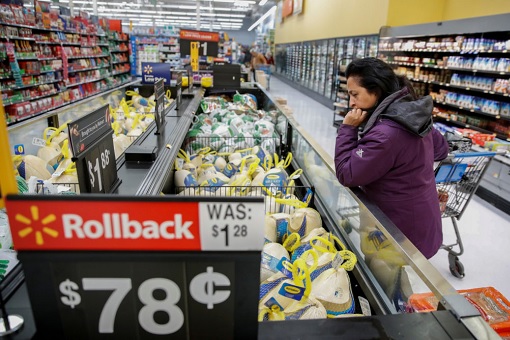We had warned last month (Aug 22) that the worst is not over yet – the inflation and recession are still alive and the global economy is still in bad shape. However, even after the Dow Jones dropped more than 600 points that day, many investors did not learn the lesson. They thought the inflation is over and the happy days are here just because the gas prices have gone down.
On Tuesday (Sept 14), investors got burnt again after stocks plunged into the red. The Dow Jones Industrial Average (DJIA) dropped 1,276.37 points (3.94%) to close at 31,104.97. The S&P 500 tumbled 4.32% to 3,932.69, and the Nasdaq Composite sank 5.16% to 11,633.57. The sell-off saw almost all the recent gains wiped out. It’s the worst day since June 2020.
The U.S. inflation stubbornly refused to cool, contrary to investors’ prediction. Not only the inflation rate remains at 40-year high, it increased by 0.1% to 8.3% year-on-year for August. Analysts and economists thought it would decrease by 0.1%. In July, it was 8.5% after hitting 9.1% in June – the highest inflation in 40 years after January’s 7.5%, February’s 7.9%, March’s 8.5%, April’s 8.3% and May’s 8.6%.

Core inflation – prices of goods and services “except” food and energy – actually skyrocketed to 0.6% month over month. What does this mean? This means the economy is spectacularly screwed because past months of inflation were due to rising cost of energy and global food shortages. But in August, even without taking into consideration energy and food prices, the inflation shot up.
It means inflation has spread to other sectors, and not only confined to food and energy. That’s why the DJIA index lost almost 1,300 points even though the August consumer price index (CPI) is lower than July’s inflation. Worse, gas prices have fallen for 13 weeks in a row, without which the inflation will be even worse. Currently, a gallon of gas costs an average of US$3.71, down from over US$5 in June.
The food index increased 11.4% over the past year, the largest 12-month increase since May 1979. The prices for shelter, food and healthcare have increased the fastest, so much so the drop in fuel prices failed to offset them. Joe Biden’s chest-thumping of a strong job market has now come back to haunt him. A strong labour market means the inflation has “not peaked”.

This gives the Federal Reserve ammunition to hike the interest rate by another 75 basis points for the third time next Wednesday. In fact, it will lead to an aggressive monetary policy for some time. Last month, Fed chairman Jerome Powell said that the central bank would use its tools “forcefully” to bring prices down, warning that there would be “pain ahead”.
While it’s almost guaranteed that the Fed will increase the interest rate by 75 basis points, a rate hike of 100 basis points could happen as the desperate U.S. central bank is under pressure to tame the inflation. Nomura economist Rob Dent said – “In terms of the Fed, this feels like it absolutely locks in 75 for the September meeting but may be increasing the risk for 100”.
The inflation rate of above 8% for six months is a headache as well for the clueless Biden administration as the Democrats are struggling to limit their losses in the upcoming midterm elections in Nov 8. Since March, the Fed has hiked interest rate from near zero to its current range of 2.25% to 2.50%, including twice by 75 basis points. However, clearly they are not enough to cool down inflation.

Adding fuel to the fire, the interest rate hikes saw higher mortgage rates and home prices, reducing the affordability of housing for first-time buyers. With little choice, they were driven to rent, which in turn drove up demand and increase inflation for shelter sector. The rental index increased 0.7% and jumped 6.3% on a year-on-year basis – the largest increase since April 1986.
Another reason why the stock market was badly burned was because a few days before the CPI report was unveiled, the markets speculated that the Federal Reserve would raise rates by only 50 basis points. So when the report showed a very damaging core inflation rate, all hell broke loose. Investors who bet on the wrong horse had to sell just about everything.
Wall Street’s biggest fear – higher interest rates will lead to an economic slowdown or even a recession – is here again. After the August inflation rate is revealed, you can bet your last penny that more pain is ahead. If the Fed raises interest rates by 100 basis points, it will be the first time since 1990 when the Fed began publishing data on meeting about interest rate decisions.

Other Articles That May Interest You …
- The Worst Is Not Over Yet – Why Inflation & Recession Are Still Alive And The Global Economy Is Still In Bad Shape
- U.S. Plunges Into Recession – But Biden Govt Scramble To Redefine Recession To Create Illusion There Isn’t Any Recession
- Oil Price Could Go Higher & Europe Could Be In Trouble – Putin Might Abruptly Cut Gas Supplies To The E.U. In Coming Weeks
- A Shift In Propaganda To Damage Control In Washington – Why President Biden & Western Media Making U-Turn Now
- Recession Inevitable – Federal Reserve May Slap 0.75% Rate Hike To Trigger A Recession To Try Fix Its Own Screw-Up
- Economic & Financial Meltdown Is Here – All Signs Lead To Recession, Stagflation, Jobless And A Repeat Of Dot-Com Bust
- Russia Cuts Off Gas To Poland & Bulgaria – European Gas Jumps 24% As Putin Starts Punishing “Unfriendly Countries”
- Ukraine Invasion – Putin’s Real Intention That Conventional Wisdom Have Failed To Comprehend
- U.S. Sanctions Fail – How Russian Currency Emerges Stronger Than Pre-War With A New Gold Standard
- Pay Gas In Ruble Or Else – Europe In Serious Trouble As Putin Retaliates Against Western Sanctions
- From Wheat To Oil & Gas – How Russia Invasion Of Ukraine Affects Europe’s Food Supply, And Even Your Loaf Of Bread

|
|
September 14th, 2022 by financetwitter
|


|

|

|

|

|

|




























Comments
Add your comment now.
Leave a Reply